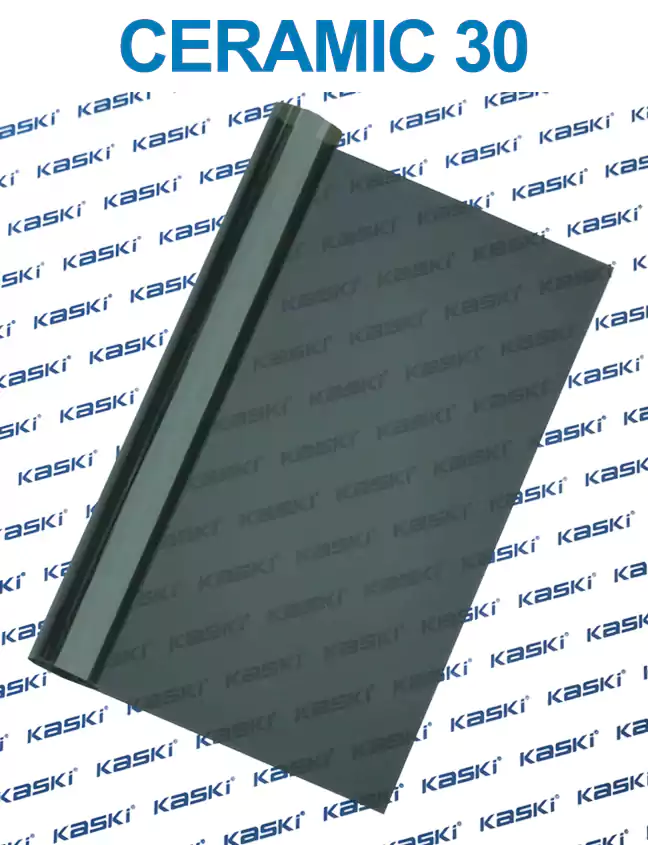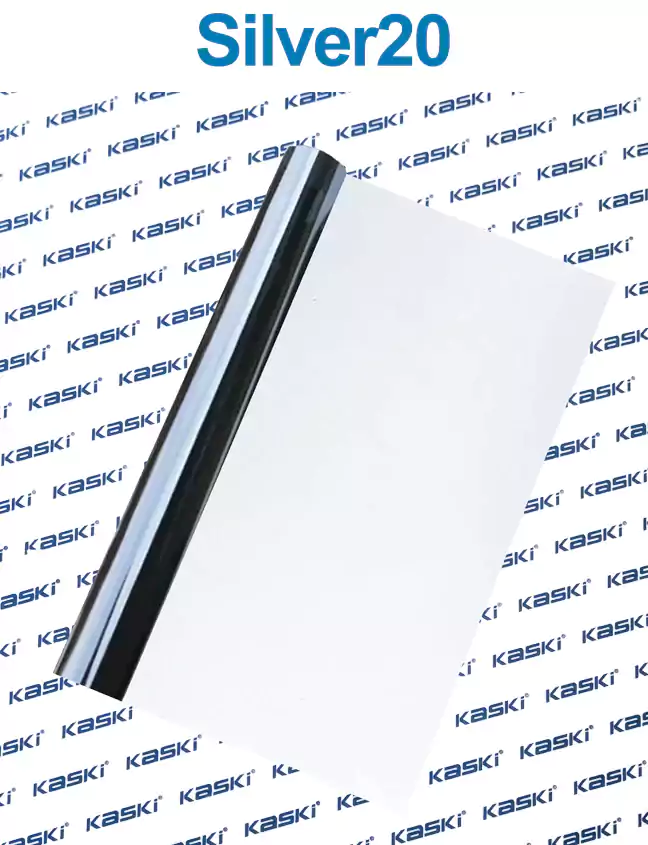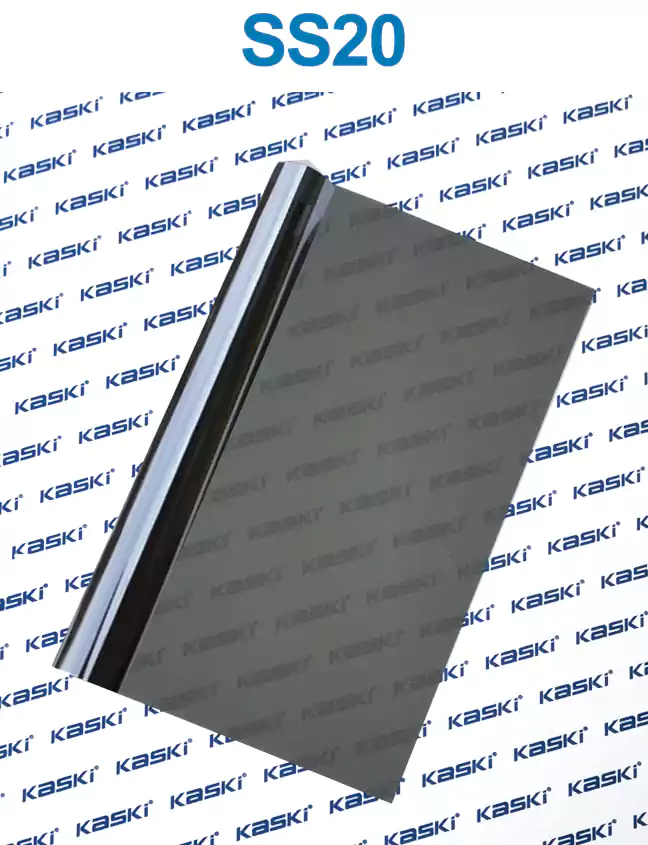Automotive window tinting has become an increasingly popular choice for car owners looking to enhance their driving experience, improve energy efficiency, and protect their vehicle's interior. Whether you're seeking to reduce glare, block harmful UV rays, or maintain a comfortable cabin temperature, window tinting offers a versatile and practical solution. In this comprehensive guide, we'll explore the principles, advantages, and step-by-step installation process of automotive window tinting.
The Principles of automotive window tinting
Window tinting works by applying a thin, transparent film to the glass surfaces of your vehicle. These films are designed to reject a significant portion of the sun's heat and harmful UV rays, while still allowing natural light to pass through. The tinting material is carefully engineered to achieve the perfect balance between visual clarity and thermal protection.
Advantages of heat control window film
1. Reduced Heat and Glare: Automotive window tinting can reject up to 99% of the sun's harmful UV rays and block a significant amount of the sun's heat, helping to keep your car's interior cooler and more comfortable, even on the hottest days.
2. Increased Comfort and Energy Efficiency: By reducing the amount of heat that enters your vehicle, window tinting can improve the overall energy efficiency of your car's air conditioning system, leading to lower fuel consumption and a more comfortable driving experience.
3. Protection for Interior Furnishings: The UV-blocking properties of window tinting can help preserve the condition of your car's interior, including the dashboard, seats, and any decorative curtains or blinds, by preventing fading and discoloration.
4. Enhanced Privacy and Security: Tinted windows can provide an added layer of privacy, making it more difficult for others to see into your vehicle, which can be especially beneficial for families or individuals who value their personal space.
5. Improved Aesthetics: Automotive window tinting can enhance the overall appearance of your vehicle, giving it a sleek, modern, and personalized look.
One Detailed Installation Case: A Honda Civic
To illustrate the process of heat control window film, let's take a closer look at the installation on a Honda Civic. The owner, Sarah, was looking to improve the comfort and efficiency of her daily commute, as well as protect the interior of her car from the sun's damaging effects.
After consulting with a professional window tinting specialist, Sarah decided to have her side windows, rear glass, and windscreen tinted. The technician carefully measured the dimensions of each window and selected a high-quality tinting film that would provide the desired level of heat and UV protection, while still allowing for a clear view.
The installation process began with a thorough cleaning of the window surfaces, ensuring that the tinting film would adhere properly. The technician then carefully applied the tinting film, using specialized tools to smooth out any air bubbles or wrinkles. The final step involved trimming the film to fit the exact contours of each window, resulting in a seamless and professional-looking finish.
Testimonials
"I'm so glad I decided to have my car's windows tinted. The difference in the cabin temperature is incredible – I no longer feel like I'm stepping into an oven when I get in my car on a hot day. The tinting has also helped protect the interior from fading, and I love the sleek, modern look it gives my Honda Civic." – Sarah, Honda Civic owner
"Automotive window tinting has been a game-changer for me. Not only has it made my car more comfortable and energy-efficient, but it's also provided an added sense of privacy and security. I highly recommend this upgrade to anyone looking to enhance their driving experience." – Michael, Ford Mustang owner
In conclusion, automotive window tinting is a versatile and practical solution for car owners seeking to improve their driving comfort, protect their vehicle's interior, and enhance the overall appearance of their car. By understanding the principles, advantages, and installation process, you can make an informed decision about whether window tinting is the right choice for your vehicle.



















